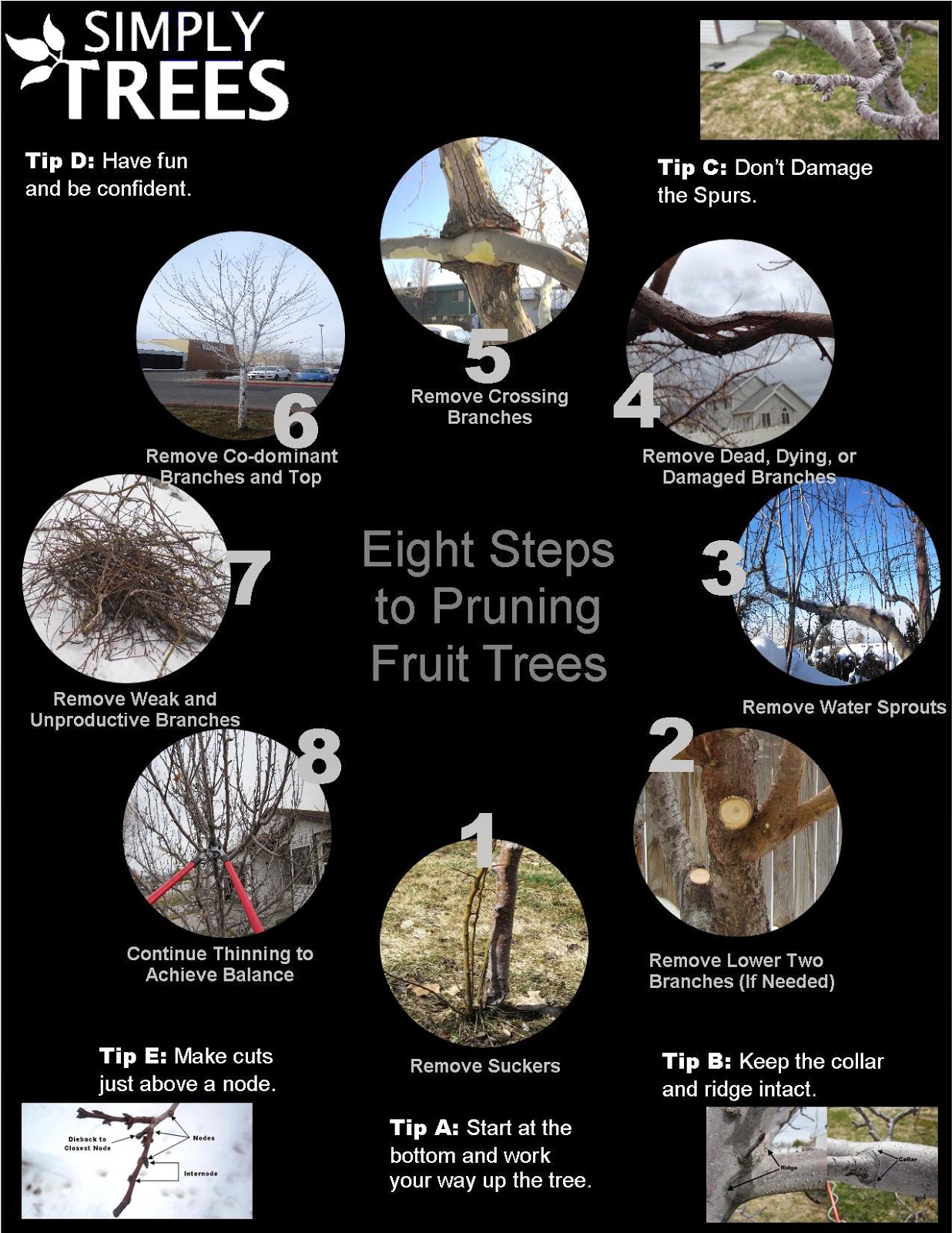Establishing The Right Time For Tree Elimination - An Overview For Homeowners
Establishing The Right Time For Tree Elimination - An Overview For Homeowners
Blog Article
Post Developed By-Rollins Lester
Trees include beauty and worth to home, however they can likewise position a threat during extreme weather condition occasions. If a tree has actually stopped growing, is exhibiting visible fungal growth, or has a leaning trunk, it ought to be removed by a professional to stay clear of property damages and injury.
To find out more, go to https://how-to-get-rid-of-stumps06283.blogchaat.com/29377227/protecting-your-landscape-replanting-after-tree-elimination -hosted by HPD, the Center for New York City Neighborhoods, and Brooklyn-based real estate partners this evening in Bedford-Stuyvesant. The occasion will feature the House owner Handbook, a new overview to assist homeowners navigate the duties of having a home.
1. Dead or Dying Branches
Trees are an essential part of your home's landscape, providing color and appeal. They additionally supply sanctuary for wildlife and generate oxygen, yet also healthy and balanced trees can experience health issue that may require their removal. Dead or dying trees aren't just unattractive, they can be hazardous. Their branches might fall during a tornado, leading to costly property damages and injuries.
When a tree's branches start to pass away, it means that its framework is starting to break down. If the majority of its branches are dead, it is likely time to remove it.
Search for a lack of brand-new growth, bark peeling, open injuries or dental caries, fungis expanding on the trunk or origins and a general look of decay in the entire cover. These indicators of infection can suggest a major problem that will certainly call for professional tree solutions to deal with.
2. Leaning Trunk
While it's typical for trees to lean every so often because of phototropism, if a tree has a harmful or serious lean that's not as a result of natural processes - it could be an indicator that the tree needs to be removed. If the tree is favoring a power line, home, automobile, play framework or any other location that could be unsafe to people if it drops, after that speaking to a specialist tree service for removal need to be a leading priority.
It's also vital to look for any kind of sudden changes in a tree's leaning as it can indicate damage to the roots or trunk that may cause dropping. tree service company is particularly real during thundercloud, considering that high winds and rain-soaked dirt can cause a lean to alter quickly. Regular surveillance, specifically throughout and after tornados can help house owners identify possible troubles with their trees so they can call an arborist for a complete assessment.
3. Bug Invasion
Some pest infestations, such as wood-boring insects like emerald ash borer or sap-suckers like scale pests, are so severe that they can trigger a tree to die. The best way to prevent pest invasion is to monitor your trees regularly. Look for places, holes, or discolorations in the fallen leaves and bark. Examine the trunk for fractures and signs of insect damage, such as passages or tracks.
If a tree comes to be also plagued with insects, or is close to a home or power lines, an arborist might suggest removal. If a leaning tree creates a brand-new, unpredictable lean, an arborist will likely advise elimination as well to ensure the safety and security of people and residential property. If a damaged or dead tree continually sheds excessive branches, it is a sign that it is time to remove the tree. If a tree continues to shed branches for a prolonged period of time, it could cause architectural troubles and possible building damages.
4. Harmed Trunk
Trees are a lovely and important part of our landscape, yet they do call for normal care to maintain them healthy and balanced and secure. If a tree is damaged beyond repair it is likely time for it to find down.
Look for indications of damages to the trunk, including upright splits, seams, dead branch stubs, noticeable injuries or open tooth cavities and extreme tree-rot. The presence of fungis at the base of the trunk is one more alerting sign. Fungi may suggest that the phloem and xylem (life-support tissues) are endangered, permitting the spread of condition or a future failure.
Likewise, consider whether the tree has stopped expanding. Healthy trees will have brand-new growth annually, which might be visible as buds or branches sprouting and expanding. If you don't see any brand-new growth, it's a great concept to have an arborist evaluate the tree and follow their referral for removal. A passing away or damaged tree can fall and cause building damages.